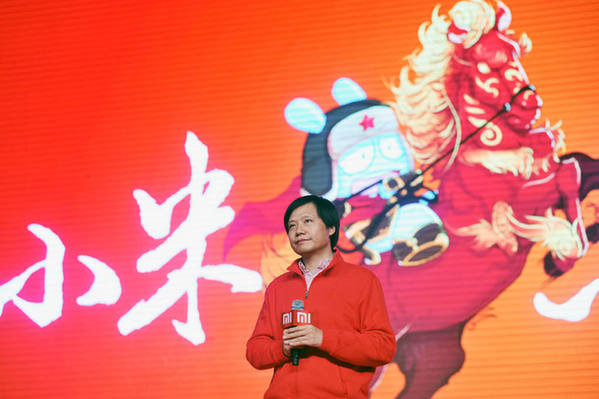New Technologies Foster Strong Economy
The government has taken measures, through hi-tech business service centers and various types of hi-tech enterprise incubators, to establish technological innovation funds for small and medium-sized scientific and technological enterprises. Benefiting from favorable policies and environment, small and medium-sized private scientific and technological firms have hence proliferated. By the end of 2013, innovation funds from central finance amounting to RMB 26.736 billion had supported 300,000 small and medium-sized scientific and technological firms, so fostering around 45,000 projects.
Surveys show that private hi-tech firms account for more than 70 percent of companies in China’s hi-tech zones. Since establishing their own R&D centers they have amassed high-caliber talents, including overseas returnees. Nowadays, private hi-tech firms are main promoters of China’s hi-tech industrial development. R&D input from such private hi-tech companies accounts for more than half of local R&D investment in relatively developed regions like Beijing, Jiangsu and Shenzhen, and more than 90 percent of that in other regions. This high input has enabled certain Chinese hi-tech firms to find niches in the global market. Two examples are Zhongguancun-based Vimicro, which occupies more than 60 percent of the world market share for computer video processing ICs. Huawei, another world renowned private corporation headquartered in Shenzhen Hi-tech Zone, is one of the world’s major suppliers of communications equipment.
What’s more, there is now a legion of entities committed to transforming scientific achievements into products. They include 94 university science parks, 2,281 productivity promotion centers, 20,000 technological transaction and service institutions, and 83 innovation stations, as well as various trade fairs and online trading platforms. All are dedicated to helping companies utilize the information resources of colleges and scientific research institutions to transform scientific achievements into technological products.
The 16th China Beijing International High-Tech Expo, held in May 2013, showcased the latest scientific and technological innovations and breakthroughs. Its aim was to promote cooperation in the transformation of scientific achievements and major industrial projects. The expo polarized both domestic and international attention in the field. Attendees included 40-plus overseas delegations, 35 domestic delegations and representatives of more than 2,000 local scientific research institutions, universities and enterprises. The value of the 123 agreements reached on construction of science and technology industrial bases, technical cooperation and trade totaled RMB 86.023 billion. The main targets for cooperation were projects involving strategic emerging industries, including new-generation information technology, energy conservation and environmental protection, new energy, and bio-industry. There was also much jockeying for cooperation in the auxiliary programs of scientific and technological industrial parks and bases. Transfer transactions on technical achievements and cooperation in technological exchanges produced 45 agreements, accounting for 36.6 percent of total cooperation agreements.
Potential for Technological Application
In the context of national economic transformation and upgrading, China’s scientific and technical companies have extensive scope for development in key and emerging fields.
Competitive companies have formulated international industrial technology standards which they promote for international commercial use.
In 2013, TD-LTE technical standards – 4G mobile communication technology – went into commercial use. As owner of the proprietary intellectual property rights, China mainly sets the technical standard. At present, 23 TD-LTE commercial-use networks are operating in 18 countries around the world. In February 2011, China Mobile, jointly with six other international carriers, set up the Global TD-LTE Initiative (GTI). The GTI has become an important platform for cooperation organizations and operators that comprise 80 members and 63 partners. In 2013, China invested RMB 160 million in launching R&D for 5G mobile communication technology.
During the 1G network era of 2009, China’s communication devices were completely dependent on imports. When the 2G network came along, China was still a rookie in mobile communication core technology. But by the time the 3G network came into operation China had developed TD-SCDMA technology with independent intellectual property rights, so forming a tripartite confrontation with WCDMA and CDMA2000. As TD-LTE is now one of the two international 4G network standards, China is clearly at pace with the world.
The leapfrog development of core technology has brought business opportunities to numerous domestic mobile operators. Founded in 2010, Xiaomi is a mobile Internet company dedicated to creating an all-encompassing user experience. When the company released its first smartphone, the Mione 1S, the first 200,000 sold out instantly, having generated more than 1.2 million orders. Judging from the development trend, China looks set to become a Mobile Internet empire, according to Xiaomi founder, chairman and CEO Lei Jun.
 |
| Xiaomi founder, chairman and CEO Lei Jun. |
